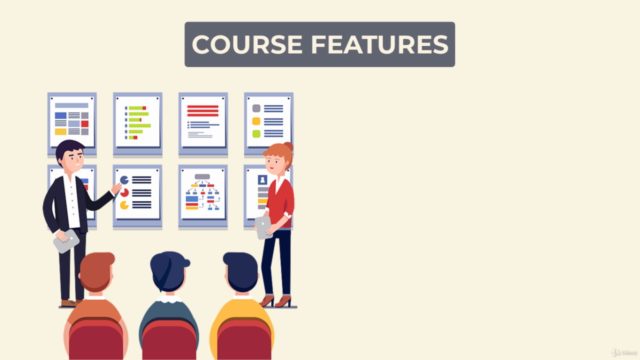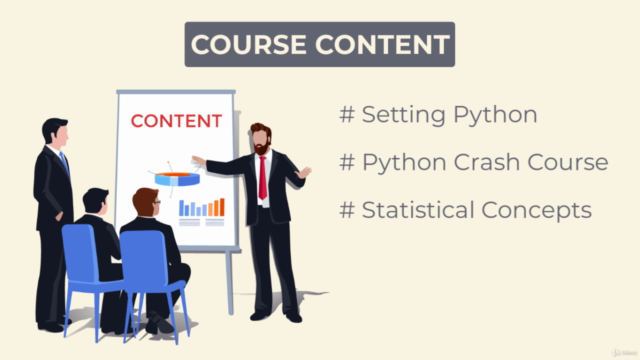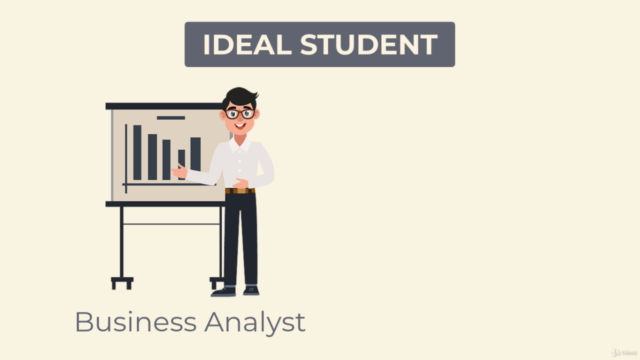Linear Regression and Logistic Regression in Python

Why take this course?
Based on the comprehensive overview you've provided, it's clear that this course is designed to take students from the basics of machine learning with a focus on Linear and Logistic Regression, all the way through to practical application using Python. Here are some key points and answers to frequently asked questions that students might have:
What will I learn in this course?
- The fundamental concepts of machine learning with an emphasis on Linear and Logistic Regression.
- Statistical foundations relevant to machine learning.
- How to implement these techniques using Python, which is a widely-used language in the field of data science and analytics.
- Best practices for data preprocessing, model evaluation, and interpretation of results.
Is this course suitable for beginners?
- Yes, the course starts from the basics and progressively builds up to more complex concepts. It is designed for students who are new to machine learning as well as those looking to deepen their understanding of linear and logistic regression models.
What skills will I acquire by the end of this course?
- A solid understanding of Linear Regression and Logistic Regression.
- The ability to preprocess data and prepare it for modeling.
- Proficiency in using Python to build and evaluate predictive models.
- The skills to interpret model results and apply your knowledge to solve real-world business problems.
How is this course structured?
- The course is divided into multiple sections, starting with the foundational concepts of statistics, probability, and data preprocessing, followed by an introduction to Python programming for data analysis. Then it moves on to detailed explanations of Linear Regression and Logistic Regression models, with practical examples and assignments.
Why learn Linear and Logistic Regression?
- These are some of the most commonly used machine learning algorithms due to their simplicity and effectiveness in various predictive tasks. They serve as building blocks for understanding more complex methods and patterns in data.
What practical experience will I gain through this course?
- You will work with datasets, perform exploratory data analysis, split your data into training and test sets, implement regression models from scratch using Python libraries (like scikit-learn), evaluate the performance of your models, and make predictions based on your model.
How important is Python for machine learning?
- Python has become the language of choice for data science due to its simplicity, readability, vast array of libraries, and community support. Libraries like NumPy, Pandas, Matplotlib, Seaborn, and scikit-learn make it a powerful tool for data manipulation, visualization, and machine learning tasks.
How much time do I need to invest in this course?
- The amount of time you need to invest depends on your prior knowledge and experience. For beginners, the course is structured to allow for learning at a comfortable pace. However, the more time you dedicate to practicing with real datasets, the more proficient you will become.
Is this course only for data scientists or analysts?
- Although the content is particularly relevant to data professionals, anyone interested in understanding how machine learning models are built and applied to solve problems can benefit from this course. It's suitable for students, professionals transitioning into a career in data science, or those looking to upskill their current expertise.
In summary, this course offers a comprehensive journey through the world of machine learning with a strong focus on Linear and Logistic Regression using Python. It is designed to cater to beginners as well as intermediate learners who wish to solidify their understanding and practical skills in data science and analytics.
Course Gallery




Loading charts...